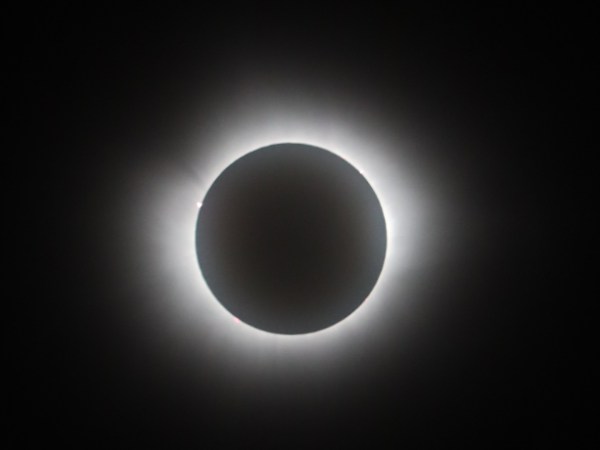James Webb telescope fully aligns; Observes universe in new light
May 24, 2022
On Christmas Day, NASA launched the James Webb telescope, the successor of The Hubble, which is famous for capturing the Eagle Nebula’s Pillars of Creation in groundbreaking detail.
Rather than operating in the visible light spectrum and ultraviolet, like the Hubble, the JWST is able to look at the infrared slice of the light spectrum, allowing it to see objects previously hidden to the Hubble. It will also be operating 1.5 million kilometers from our planet, rather than Hubble’s 550 kilometers. It will be orbiting a stable spot– where the pull from the Earth and the sun balance out the observatory’s orbital motion.
In comparison to the Hubble, Webb’s main mirror is 21 feet across and covered in gold, far larger than its predecessors (globalnews). This will allow Webb to collect far more light and see much more distant galaxies– possibly even capturing signs of life light years away.
When fully operational, the Webb telescope is intended to also be able to “peer back into time” (globalnews), by observing galaxies so far they’re living a mere 100 million years after the Big Bang (which for us, was 13.8 billion years ago!). This will allow scientists to draw conclusions about the universe by observing the composition of these galaxies, including being able to measure how much of each chemical is in the galaxy, according to Steve Finkelstein, an astrophysicist at the University of Texas at Austin and contributor of the project (The Atlantic).
Hannah Williams, senior and art student, who is particularly interested in photography, comments about how far technology has come. “It’s very interesting to me that we can just expect to create technology that can take photographs so far away, it sees back in time,” she says.
In its recent alignment, scientists have captured some test images to compare the sharpness and detail of the Webb in comparison to previous mechanisms. The photos show the Large Magellanic Cloud, a small galaxy near the Milky Way.
“It’s also crazy how blurry the stars were before, and how crystal clear they are now, “ Williams says, “It really makes you appreciate the world more, seeing the details in photographs. That goes for photographing nature as well.”










